
|
|
|
|
|
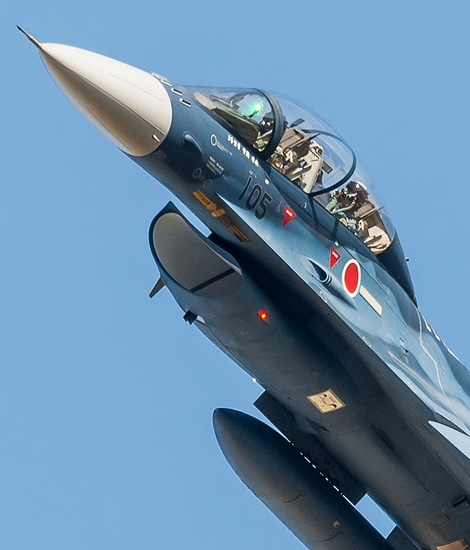
|
The Air Development and Test Wing; Gifu, November 10, 2019
Development, Testing & Monitoring, part 2; Text and Photograph's by Alex van Noye
Testing and evaluating new combat aircraft for the Japan Air Self Defense Force is a specialized branch within the Japanese Air Force. The Air Development and Test Wing at Gifu Air Base takes care of these tests and supervises new type introductions from their prototype to operational aircraft at the Japanese Air Force.
The largest branch of the Japanese Air Development and Test Command (Koku Kaihatsu Jikken Shudan), is the Air Development and Test Wing (AD&TW) (Hikou Kaihatsu Jikken Dan) on Gifu Air Base. This unit uses a wide range of aircraft to perform its operational test tasks. Almost all types from the modern Japanese range of aircraft are used by the unit of the Japan Air Self Defense Force (JASDF). The modern AD&TW is responsible for testing and qualifying all Japanese types. This means testing new concepts and improving existing types through operational tests and evaluations. The AD&TW has types in use such as the Mitsubishi F-15J/DJ, the Mitsubishi F-2A/B, the Kawasaki C-1FTB, the Kawasaki C-2, the Mitsubishi F-4EJ and F-4EJ-kai, the Fuji T-7 and finally the Kawasaki T-4. The Japanese Air Proving Group (APG) started as an operational branch as a research and evaluation unit and became a research team within the 1st Flying Training School in Hamamatsu in November 1955. The unit had 28 employees at the time of the establishment and two T-34As. From assembly to delivery of the Vampire, this unit provided the test plan for the first Japanese operational fighter jet. The APG evaluated the configuration in which pilots sat side by side and assessed this aircraft, which would ultimately lead to the choice of the F-86F. Aircraft such as the T-6G and T-33A and a single T-28 were delivered to the APG. However, the unit had to make way at Hamamatsu for operational units that were formed at that time at this air base, which meant moving to Gifu on March 25, 1957.
In the period in which much was flown with the F-86F Sabre, the assigned aircraft for the APG were constantly being changed. So people always had to adapt to changing types and configurations. The flight test programs of the type consisted, among other things, of the XAAM-1 air-to-air missile designed by Japan and tactical air navigation equipment such as TACAN. Although the F-86F would remain in service with the APG until the end of 1971, the unit also had a small number of F-86D Sabres that were
|
|
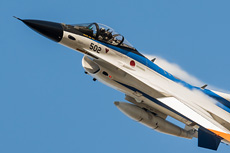
|
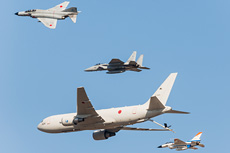
|
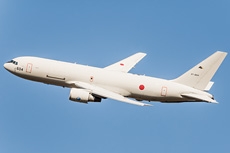
|
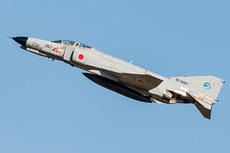
|
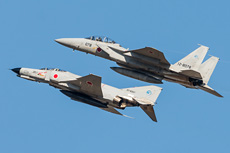
|
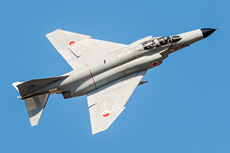
|
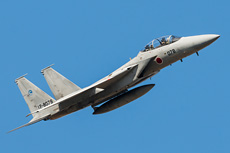
|
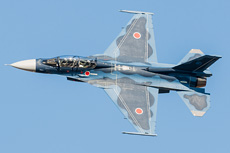
|
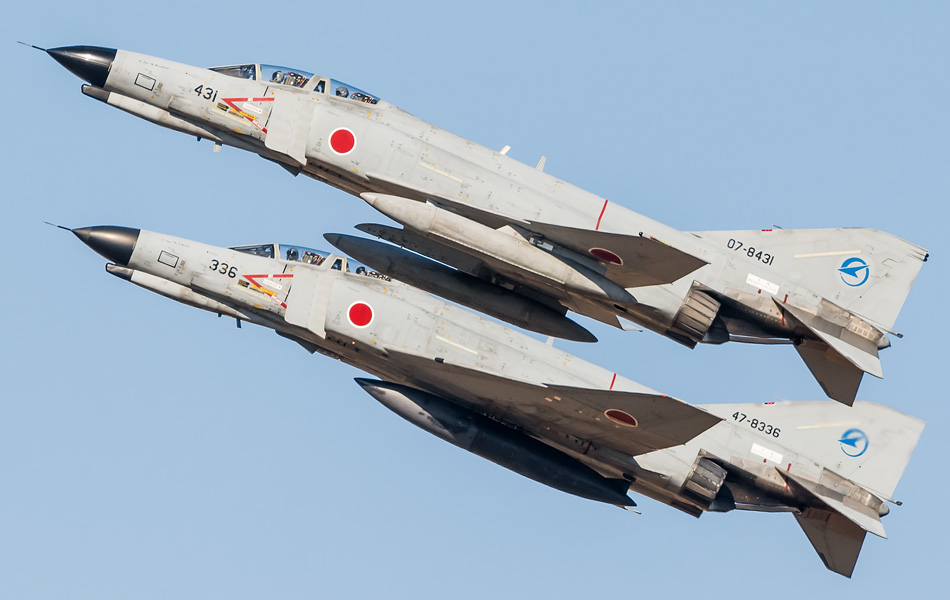
|
used for a short period. After this period the days of the Sabre were over in the JASDF. The type was replaced by more modern types such as the F-104J Starfighter and the F-4EJ Phantom II. In addition to using the Sabre, the first flight of the T1F2 trainer was flown in the parallel path in January 1958. This aircraft was to be the first jet produced and built in Japan. The APG took charge of the introduction and test program of this type. The APG finally carried out the full test flight and acceptance program for this type before the type entered service within the Japanese Air Force. The aircraft would enter service within the JASDF as the Fuji T-1 and was used for the advanced fighter training. The testing of the first flights of the F-104J Starfighter began in 1962. However, Gifu had no expertise in the operation and handling of the type. The test detachment was therefore relocated to Chitose Air Force Base to conduct all necessary tests and evaluations from there. This test program was attended by four Gifu trainees. Finally, the first test pilot course (TPC) in Japan was started in 1969.
After setting up the first TPC, the APG began to grow and the current shape of the unit became visible. The unit was upgraded in the JASDF organization from APG to the Air Proving Wing (APW) on April 11, 1974. The unit would from now on become the most important test and evaluation unit in Japan. All types that would enter service within the JASDF were tested within this unit from now on. The unit would also soon launch a test program for testing the F-4EJ Phantom II and the Mitsubishi T-2 and also the Kawasaki C-1 in the early 1970s. After evaluations of a large type such as the C-1, the C-130H Hercules and the U-400 and U-125 were also tested at the unit before these types entered service within the JASDF. Soon the APW would be renamed to its current name as the Air Development & Test Wing. The aircraft of the AP&TW are easily recognizable by their markings. The unit's emblem was to appear on the aircraft of the APG for the first time in July 1964. The badge would have been designed by a member of the maintenance team. The design of the emblem consisted of a black arrowhead shaped sonic shock wave and a spinning artificial satellite. These suggestive symbols came from the scientific era in the late 50s and early 60s. Occasionally, aircraft in the past also wore the initials "TRDI" on the tail. This was done to indicate that tests were being commissioned by the Technical Research and Development Institute of the Japanese Defense Agency to symbolize progress.
Because the AD&TW is in second place worldwide after the US Air Force in terms of the number of F-15s that Japan has purchased, the JASDF has conducted continuous upgrade and weapon integration tests since the arrival of the first F-15s from manufacturer McDonnell-Douglas in 1980. The first F-15 was shown to Japan in service of this unit on June 4, 1980. The F-15s were initially allocated for squadron use, but from 2008 some aircraft would also be permanently used at the AD&TW on Gifu. The aircraft on Gifu are nowadays used for tests that are needed with the modernization program of the JASDF type. Gifu is also currently the home of these types for testing the Kawasaki C-1 and C-2. From November 2008, an EC-1 was assigned to Gifu for research into the further development of this platform. The aircraft first flew on December 3, 1984 and was already based at Gifu from the end of 1985 to June 1986 when the aircraft was passed on to the then Electronic Warfare Support Squadron. The second prototype of the Kawasaki C-2 stands for Hangar number seven on Gifu since October 2012. After flying for the first time with this C-2 on 27 January 2011, this aircraft was heavily adapted for the electronic intelligence (ELINT) role. From 2018 this aircraft flew for the first time in this role from Gifu. It is clear that nowadays the AD&TW still plays a very important role in testing and evaluating new and existing types at the JASDF.
|
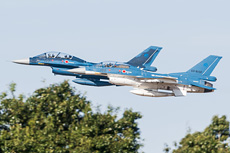
|
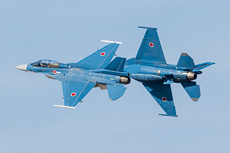
|
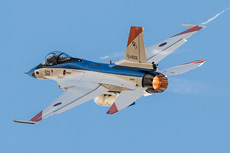
|
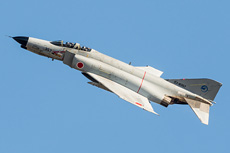
|
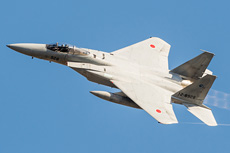
|
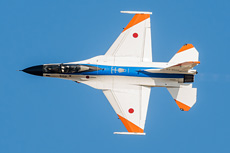
|
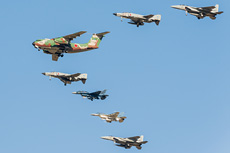
|
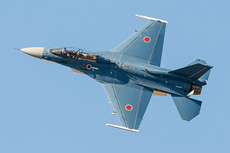
|
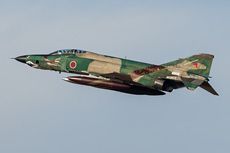
|
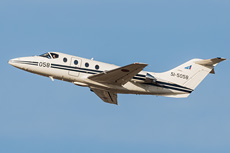
|
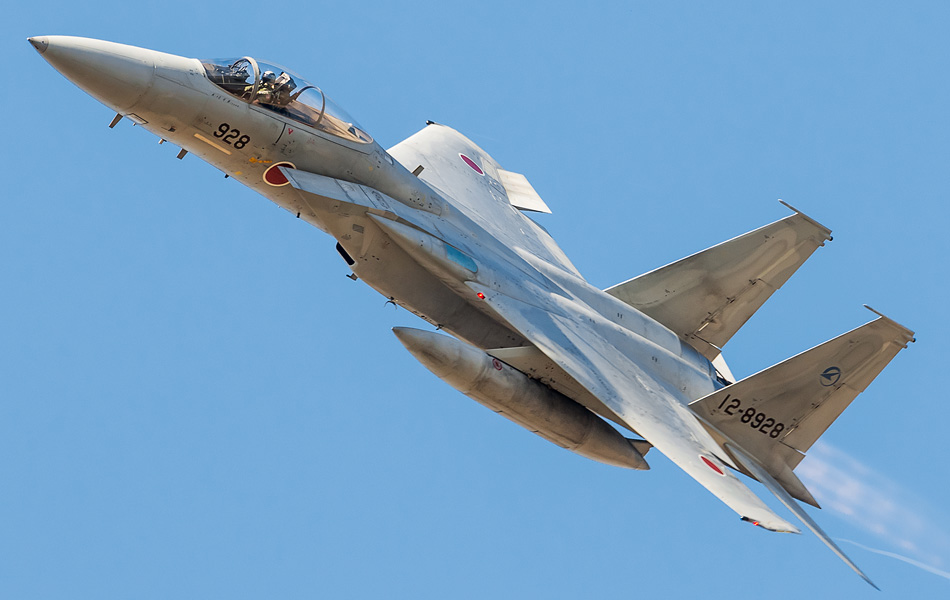
|
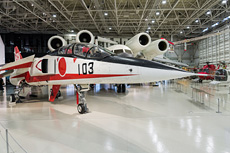
|
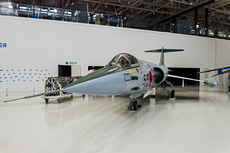
|
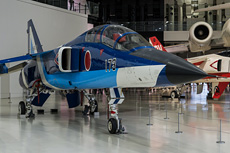
|
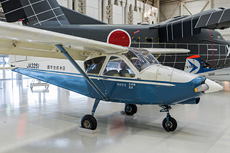
|
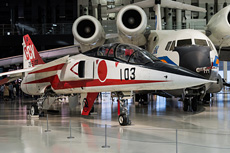
|
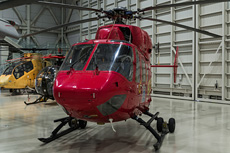
|
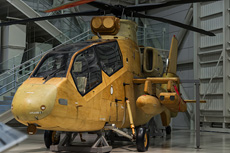
|
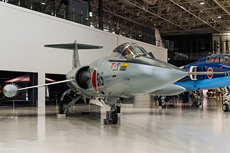
|
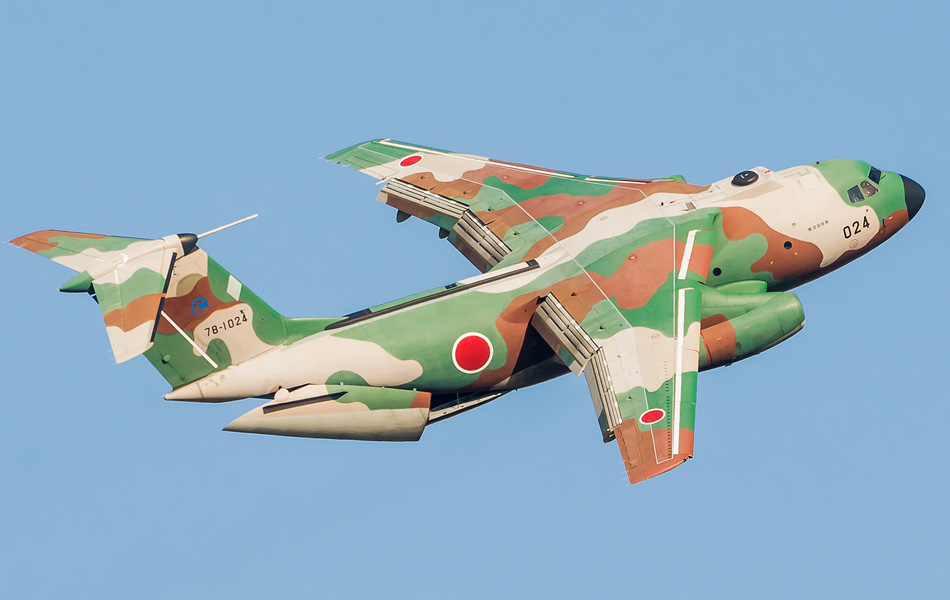
|
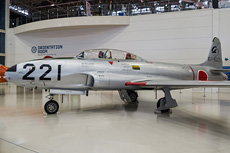
|
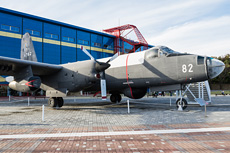
|
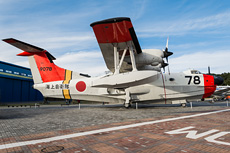
|
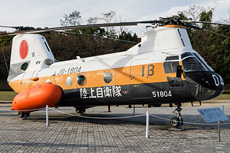
|
|
|

|







